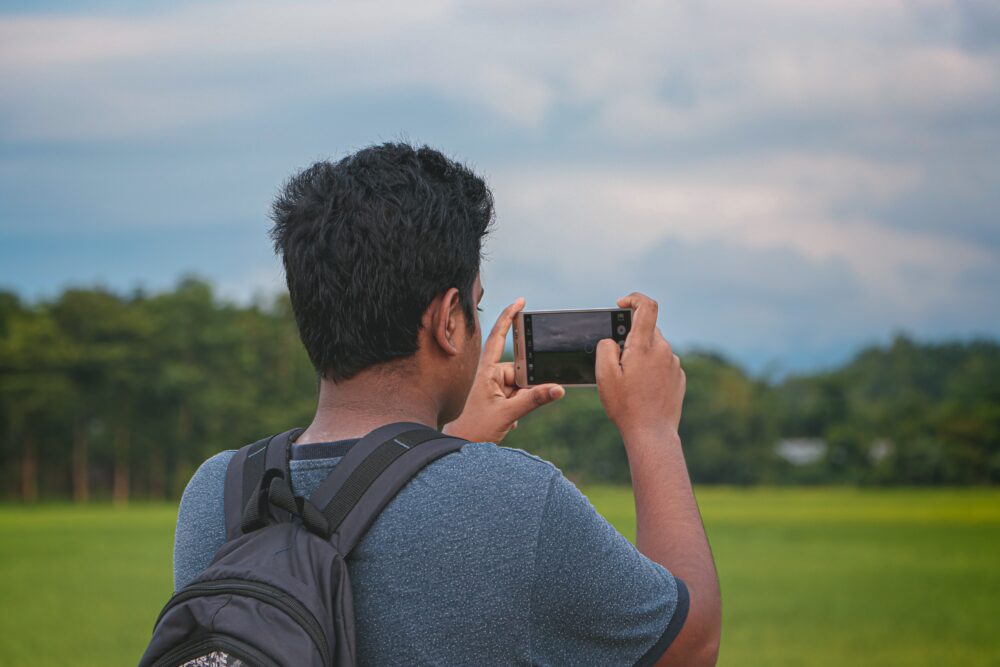When you plan to document your academic journey, you can pursue numerous great ideas by either shooting several pictures a day or creating a concept that reflects something specific. Of course, quite a lot will depend on what you are studying and your personal background. Still, the trick to popularity is how you deliver each detail and talk to people who can relate to and understand your creative vision. This is where analysis and strategic thinking always help to narrow things down and achieve success!
Photography Tips for Documenting Your Academic Journey
- Use Text Captures to Explain Things.
One of the most important photography tips is to add a text portion to each capture. After all, you must ensure that your photographs are understood, especially when explaining or capturing a certain concept. If the subject is related to bullying, it has to be sensitive and accurate. If you are majoring in MBA or marketing studies, a can be a helpful solution to finding bright ideas and narrowing things down to something presented in bullet points.
- Create a Smart Concept.
Since your academic journey involves more than studies and an effort to meet deadlines, think of a plan or an outline where you have a concept. The trick is to make things vivid and tell a story! You can create an interplay between morning and evening pictures to show the mood and implement all the technical tools and filters that you have at hand. Likewise, alternate between indoor and outdoor shooting to see what works best for you. Even if it’s something deeply technical like Data Science you are after, you can start with an introduction by checking essays on computer science to make things more accessible. Start with the practical use, life of an IT student, the labs, and more to create the right vibe!
- Ask For Permissions.
Taking photographs and capturing your academic journey means that other subjects (people, materials, inanimate objects) will appear in the frame. The chances are high that not everyone will be happy to appear as a part of your project, which is why it is always necessary to ask for permission first. It will help you to avoid trouble as you publish photographs on your blog, a platform like Instagram, Flickr, or a university website without violating anyone’s privacy. If you are a part of the group project, the same rules apply, which is why you must discuss it with each group member.
- Keep Things Natural.
While it is tempting to use all the possible filters and digital enhancements, try your best to keep things natural by following all the classic photography rules. You can think about using an Exposure Calculator app or consider SkyLight Forecast to determine the best time of the day to get the natural feel. It will help your photographs to remain in the same style and create a photography book. If you need to get creative, explore this content to see what kind of work you have to do to reflect on your life, cultural background, and the unique sides of a subject you are pursuing.
Keeping The Backup of Your Creative Work
Always remember to have a backup of your work, and do not delete the photographs you have taken right away in an effort to give it your best. Sometimes a bit of smart editing can help you correct the mistakes and choose the best version. Sometimes, photographs do not have to be perfect because it is the subject and naturalness of something that has been captured that truly matters. While at it, always think of a good backup of your work by either uploading things to Flickr or storing photographs with Google Drive or Dropbox. It will help you to stay safe and recover photographs in case they accidentally get deleted on your phone.
BIO
Donnie Jackson is an avid photographer who loves to travel and explore the best ways to learn. As an educator, he loves to portray daily students’ lives and assist with academic challenges. Follow Donnie to find inspiration and unfold your creative photography skills.
